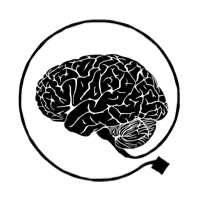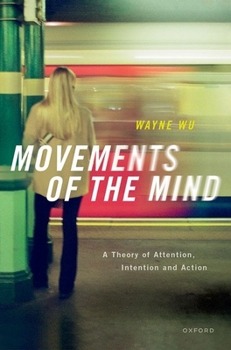Wu, Movements of the Mind. Post 5: Deducing and Introspecting
(See all posts in this series here.) I conclude with Chapters 6 and 7 of the book, which apply the theory to reasoning and introspecting consciousness. Investigating these as forms of attending, mental actions, illuminates. Chp. 6 examines deducing a conclusion from the premises that entail it. Given that every …


